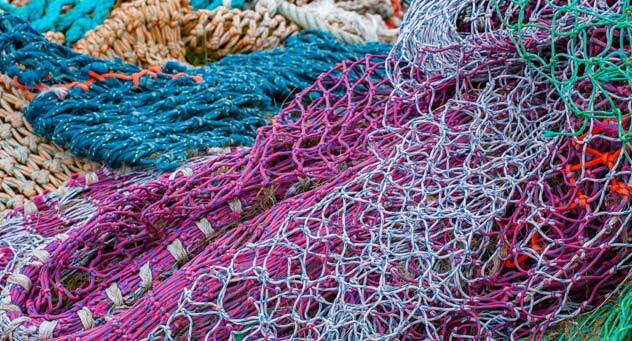Recycled Content in Outdoor Gear
Apr 16, 2018
As outdoor enthusiasts we need to know that the clothes we wear and the equipment we use will perform in the ways we want, keeping us comfortable, dry and warm. This gear is often subject to some serious abuse out on the hills and we need to know that it's going to last. Because of this we must consider what materials our gear is made from, the quality of them and the performance that they provide too. Brands are becoming wiser to the impact that they and their goods have on the environment through production processes and the potential that their products may end up in landfill. Therefore there is a movement towards using recycled materials in new products, this movement is gaining traction with more and more brands each year using more and more recycled materials.

Recycled Polyester
Synthetic fibres are used throughout the outdoor gear world. They create moisture repelling barriers, sweat-moving layers and non-absorbent fibres which are all very useful to the average outdoors person. Creating the fibres from recycled PET plastics instead of virgin plastics uses fewer resources to create fabrics by recycling clear plastic bottles.
Recycled Down
Down from Geese and Ducks is used in many items to provide lightweight insulation. Some Outdoor brands are pioneering using recycled Down that is taken from items such as bedding, sleeping bags and clothing that are heading for landfill.


Recycled Wool
Whilst Wool is a natural fibre coming from Sheep, recycling it still has environmental and ethical benefits. Diverting perfectly good materials from landfill eliminates a lot of the processes used to make wool clean, usable and the right colour for use in new garments. Re-using this material also reduces the amount of sheep needed, this eliminates further impact and risks involved with livestock health and safety and reduces the environmental impact that livestock farming has.
Recycled Nylon
Like Polyester, Nylon yarn can be made from recycled sources. This can range from plastic ocean waste and discarded fishing nets to post-industrial waste from weaving mills. Whilst Nylon is more difficult to recycle than polyester, outdoor brands are wising up to the appeal of recycled fibres and are constantly developing methods to increase the amount of Nylon that is recycled.
The benefits of recycling Nylon are the reduction in reliance on petroleum-based raw materials, reduced number of products going to landfill and increased awareness in end-users which then promotes further research into these recycling techniques.

As outdoor enthusiasts we need to know that the clothes we wear and the equipment we use will perform in the ways we want, keeping us comfortable, dry and warm. This gear is often subject to some serious abuse out on the hills and we need to know that it's going to last. Because of this we must consider what materials our gear is made from, the quality of them and the performance that they provide too. Brands are becoming wiser to the impact that they and their goods have on the environment through production processes and the potential that their products may end up in landfill. Therefore there is a movement towards using recycled materials in new products, this movement is gaining traction with more and more brands each year using more and more recycled materials.
